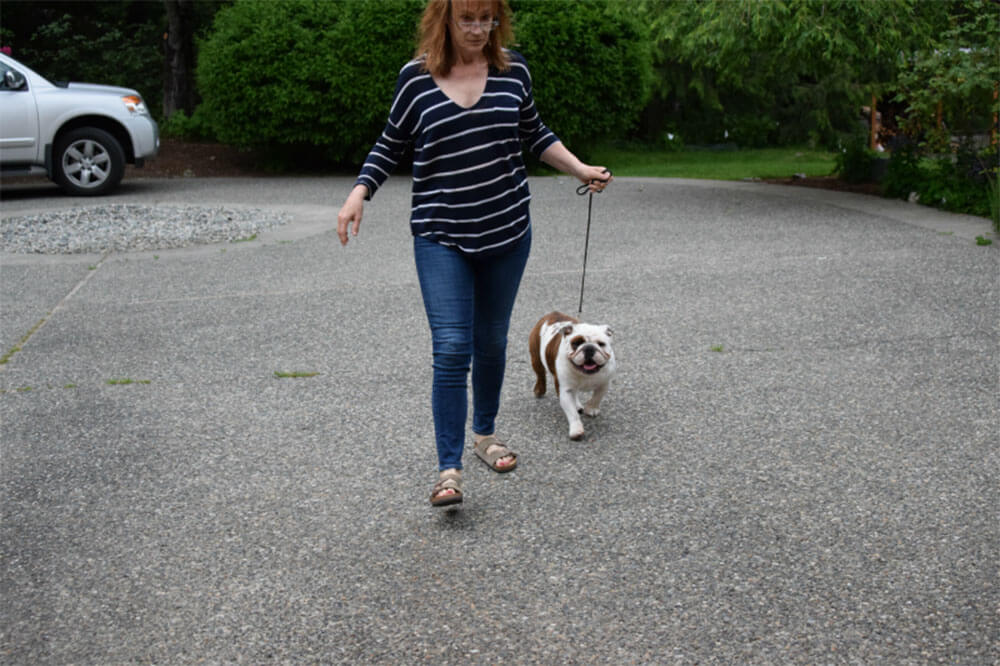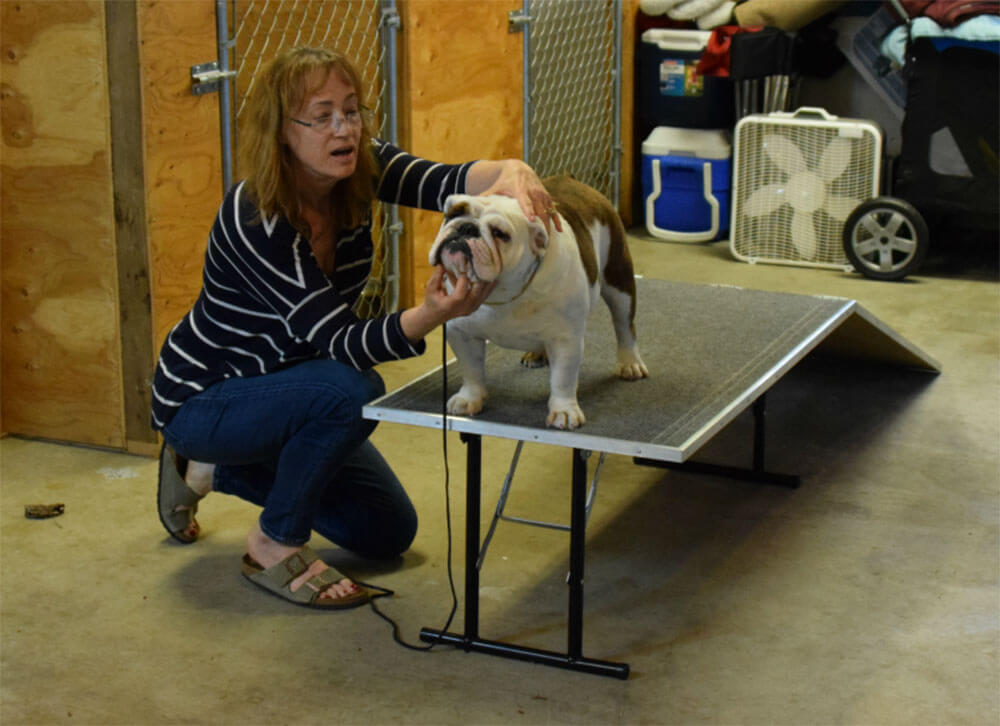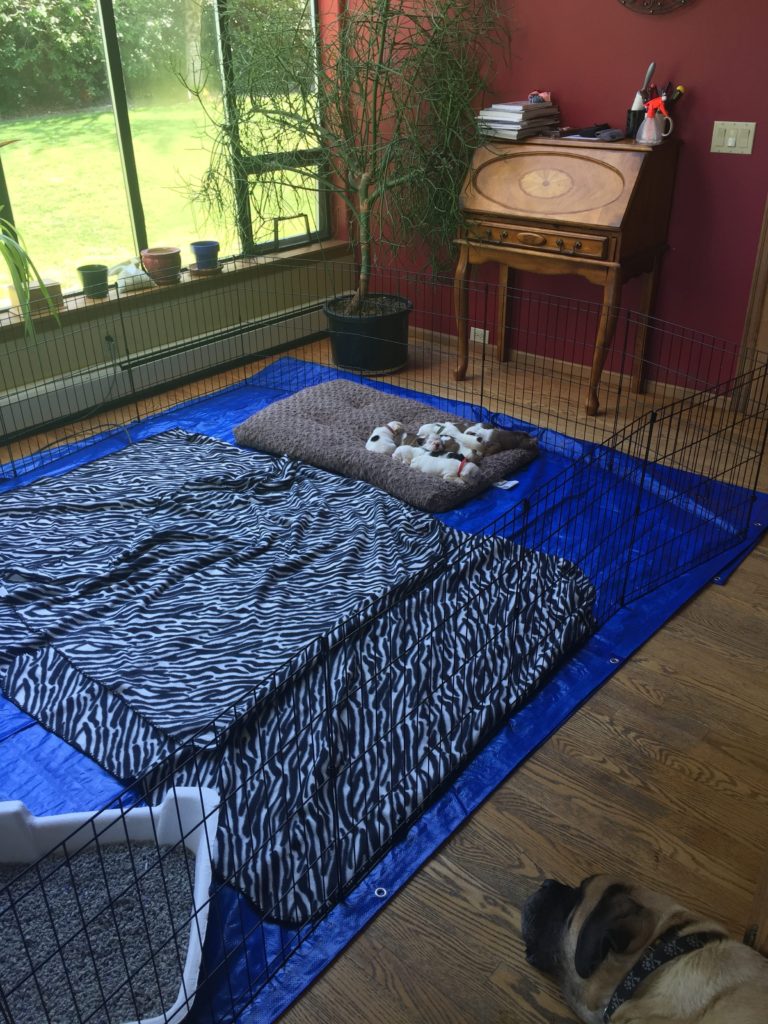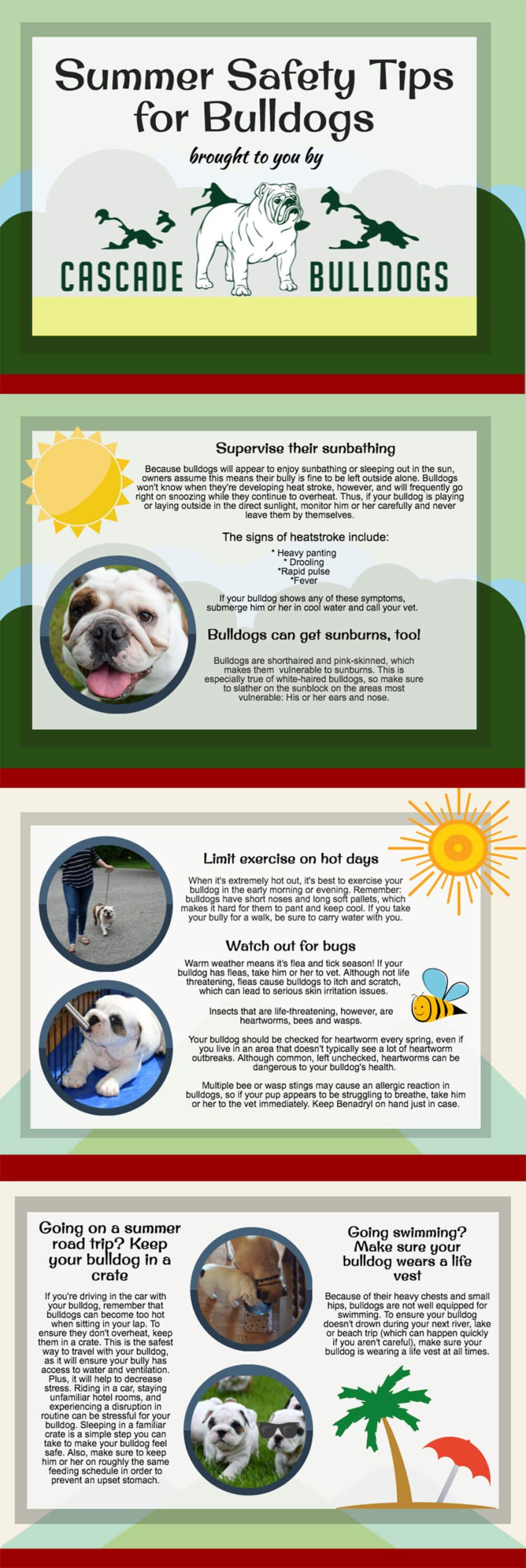We bulldog owners rarely turn down an excuse to talk about our bullys. And we’re generally happy to answer any questions people may have about bulldogs (because, let’s face it, bulldogs are a misunderstood breed!). But sometimes well-meaning friends and family can say things about our wrinkly pups that border on insensitive, and well, drive us crazy.
Thus, in the name of a little good-natured fun, here are seven things you should never say to a bulldog owner:
1. “Bulldogs have a face only a mother could love.”
First of all, how could anyone say these faces are anything but 100 percent adorable?!

And second of all:
Basically, what you’re telling us (albeit in a somewhat polite way) is that our dog is ugly. Would you tell someone their child has a “face for radio?” No? Then don’t say it about our pups. Our bullys are like our kids. And while it’s true that bulldogs have a unique look, we happen to think their faces are beautiful (wrinkles and smooshed noses and all).
2. “Why did you pay so much for your bulldog when you could have gotten one from the shelter? You could have saved a dog from being put down.”
People who are quick to judge someone for not adopting from a shelter should keep in mind that they may not know the whole story. Because the truth is that the person you’re saying that to may have adopted a purebred bulldog from a bulldog rescue group or perhaps he or she has other dogs at home that were adopted from shelters. However, even if the person did pay top dollar for a bulldog puppy from a breeder, he or she might also regularly contribute to animal-related charities. The point is, people are free to choose how they wish to give back to the world. Just because they didn’t go the shelter route with this particular dog doesn’t mean they haven’t in the past or won’t in the future. And it doesn’t mean they’re bad people.
3. “We decided not to get a bulldog because my veterinarian said they’re super expensive and unhealthy!”
While it’s true that bulldogs can be pricey, they aren’t as unhealthy as the internet may lead you to believe. You can minimize the common bulldog health problems by choosing a bulldog that comes from a good bloodline and purchasing from a reputable breeder. Read: 9 Questions to Ask Your Bulldog Breeder to learn more.
4. “Aren’t bulldogs boring? They don’t do anything but sleep all day.”
Bulldogs sleep an average of 12 to 14 hours in a 24-hour cycle, but they’re far from boring! Bulldogs are kind, loyal and affectionate. They make caring and easy-going companions and their laid-back personality means they are frequently happy to tag along on whatever adventurous activities you have planned.
5. “Your bulldog died? Well, why don’t you get another one?”
Again, some people consider their fur babies to be their children, which means that loosing a bulldog can feel as devastating as losing a child or close friend. Mourning the loss of a pet can take time and some may never be ready to move on and adopt again, and that’s okay. The choice to open your heart to another bully is a personal one.
6. “Wow, your bulldog is big, isn’t she?”
Let’s get real here. 🙂 By commenting on how “big” our dog is, what you’re really saying is that she’s “fat.” While this may or may not be true, no bulldog owner will appreciate the “what are you feeding her” implication of that question. Unless you know us well, refrain from questioning our dog parenting skills.
7. “I’d never get a bulldog because I hear they don’t live long.”
While a bulldog’s lifespan may not be as long as some other breeds (they typically live 8 to 10 years), a decade is still plenty of time to enjoy several photo albums worth of wonderful memories. Plus, no matter which dog breed you chose, there’s no getting around the fact that humans live longer than canines. Even if you select a breed with a 20-year lifespan, you’re still likely to outlive him or her. The heartbreak may not be avoidable, but that doesn’t mean welcoming a bulldog into your family won’t be worth it.
About Cascade Bulldogs
Cascade Bulldogs is a bulldog blog starring bulldog show dogs Snow White and Wildflower (and Snow White’s adorable litter of puppies). Their owners are Eddie and Gail, two breeders and bulldog lovers who live in Seattle, Washington.



















